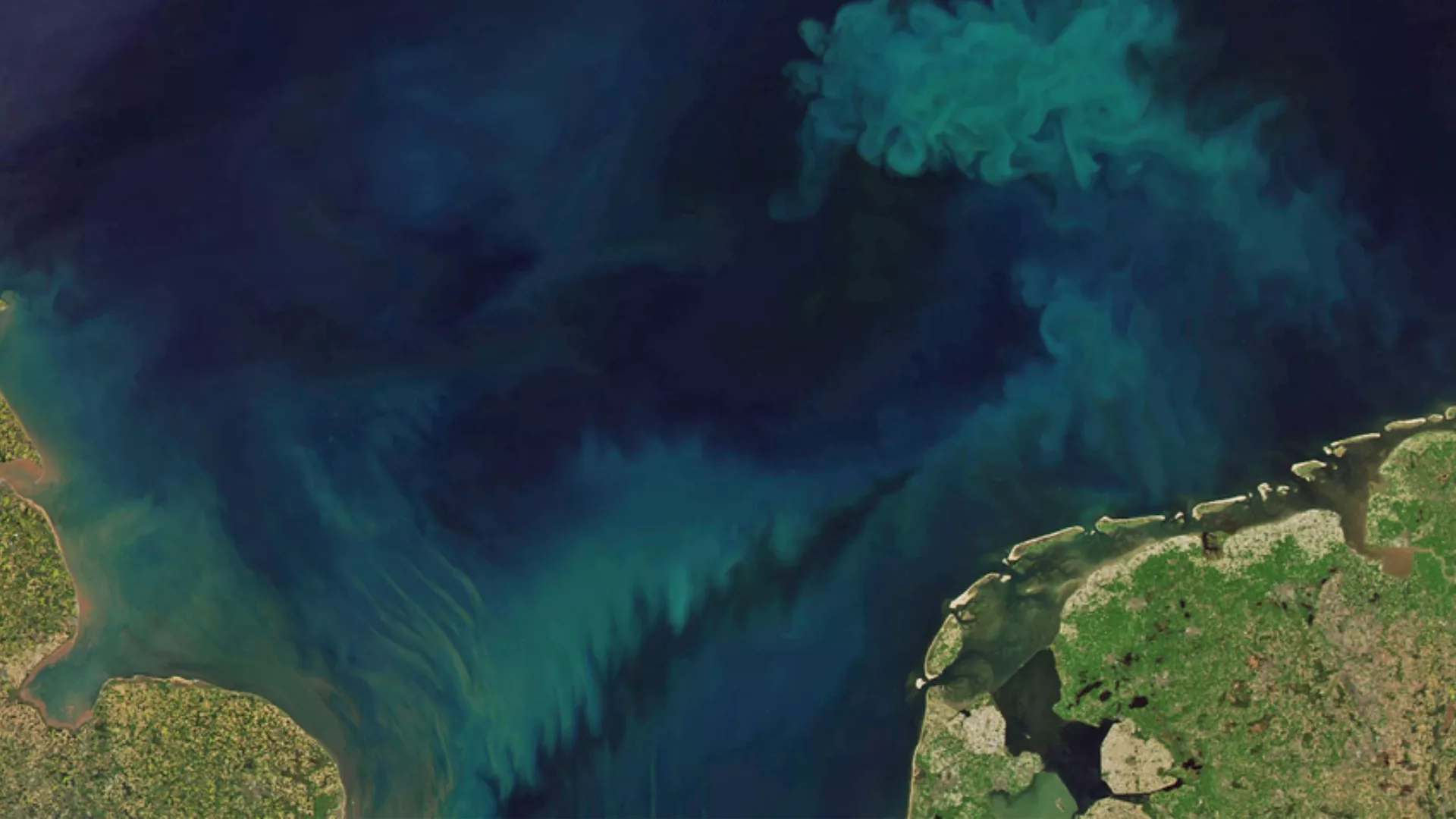The color of the world’s oceans has changed dramatically over the past two decades, and these changes are the result of human-induced climate change. They cannot be explained by natural variability alone, and they have affected more than 56 percent of our planet’s oceans, which is more than our planet’s total land area.
The color of the world’s oceans is a reflection of the organisms and minerals found in their waters. This means that while these color variations may seem imperceptible to the human eye, they undoubtedly indicate that marine ecosystems are in a state of change. While it is currently unclear exactly what specific changes are occurring in these ecosystems, the team of authors of these findings attribute specific human activities and their effects on climate.
“I’ve done simulations for years that tell me these changes in ocean color are going to happen,” said Stephanie Dutkiewicz, co-author and senior research fellow in MIT’s Department of Earth, Atmospheric and Planetary Sciences and the Center for the Study of Global Change. “It’s not surprising to see how that actually happens, it’s scary. And these changes are consistent with human-induced climate change.”
How does the ocean get its color?
By the color of the ocean, you can judge what lives in its upper layers. For example, dark blue waters indicate the absence of life, while green waters indicate the presence of plant-like microbes called phytoplankton, which contain the green pigment chlorophyll.
Phytoplankton collect sunlight and use carbon dioxide to create sugar through photosynthesis, thus forming the backbone of the ocean food web. They feed on small creatures such as krill, which feed on seabirds and larger fish that feed on marine mammals.
This process of photosynthesis means that in addition to feeding the oceans, phytoplankton are vital for capturing and storing carbon dioxide in the atmosphere. Because carbon dioxide is an important greenhouse gas, scientists are watching phytoplankton on the ocean surface closely to see how these colonies of microorganisms are responding to climate change.
Traditionally this is done by tracking phytoplankton and the green pigment chlorophyll, which helps plants get sunlight. Changes in chlorophyll can be seen in the blue-to-green ratio reflected on the ocean surface, a balance that can be monitored by space satellites.
But experts say it will take about 30 years to identify a climate change-induced trend with changes in chlorophyll alone. So in 2019, scientists determined that by tracking smaller variations in other ocean colors, they could shorten the time it takes to see signals of climate change in just 20 years of monitoring.
“Doesn’t it make sense to look for a trend in all these other colors instead of just chlorophyll?” This was expressed by B. B. Keil, lead author of the study and scientist at the National Oceanographic Center. “You should look at the whole spectrum and not just try to guess a number from parts of the spectrum.
“This provides further evidence of how human activity has impacted life on Earth across the vast expanse.”
Seeing the color of the ocean from space
To arrive at their current findings, Keil and colleagues analyzed ocean color measurements collected by the Moderate Resolution Imaging Spectroradiometer (MODIS) aboard the Aqua satellite.
For 21 years, MODIS has observed the oceans at seven wavelengths, including the two wavelengths used to monitor chlorophyll in particular. The device sees the ocean as a mixture of subtle waves from blue to green and even red, in contrast to the isolated shade of blue our eyes have evolved to see. This means that it can detect changes that are too subtle to be detected by human vision alone.
Cael evaluated seven ocean colors measured by MODIS between 2002 and 2022 and looked at how they changed in individual regions each year to get an idea of natural variations.
Reducing the scale of these data to one year allowed the researcher to see how changes had progressed over a total of 20 years. This revealed a clear trend for Kehl that was not only found in annual variability. To determine whether this trend is a result of climate change, Kehl compared it to two ocean color models. One explains the addition of greenhouse gases, while the other does not.
In the end, the satellite data matched the greenhouse gas model’s 20-year trend forecast in ocean color in about half of the world’s oceans. This showed that the trend seen in MODIS is not just random variation, and offers a new and faster way to detect changes in marine ecosystems caused by climate change.
“The color of the oceans has changed and we can’t say how. But we can say that the color changes reflect changes in plankton communities that will affect anything that feeds on plankton,” he said. “It will also change the amount of carbon in the ocean because different types of plankton have different abilities to do this.
“So we hope people take this seriously. These changes are not just predicted by models. Now we see that happening and the ocean is changing.” Source













